A Brief History of Windsor Castle, the World's Longest-Occupied Palace
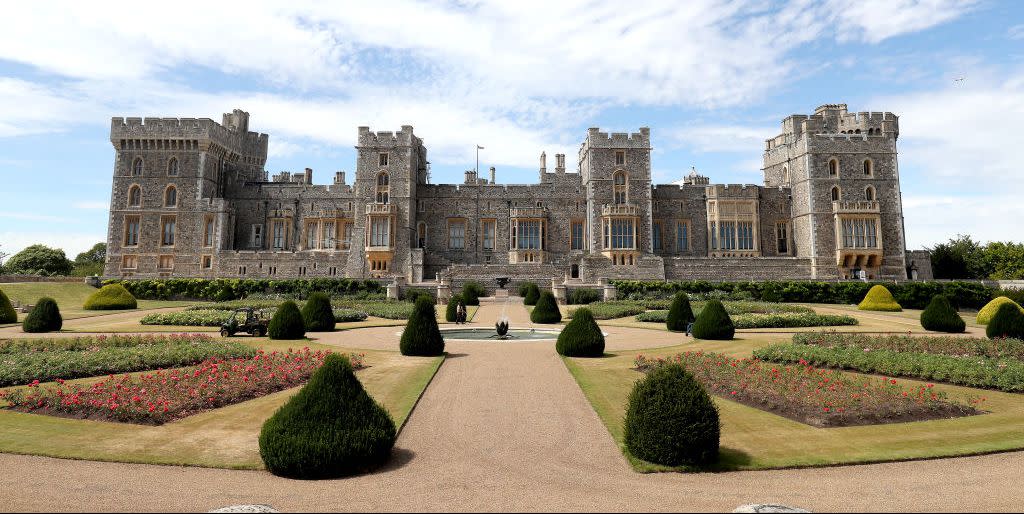
- Oops!Something went wrong.Please try again later.
- Oops!Something went wrong.Please try again later.
Windsor Castle is almost as famous as its inhabitants, including the late Queen Elizabeth II. This stunning estate is the world's longest-occupied palace in the world, housing 40 British monarchs over nearly 1,000 years, while also serving as a prison during the Civil War in the mid-17th century, a social center for political figures and nobility, and a fortress during several major wars. It's now back in the spotlight after the fifth season of Netflix's The Crown shows in its fourth episode, "Annus Horribillis," the horrendous fire that destroyed 115 rooms—including nine of the castle's staterooms. With all eyes on Windsor, it felt only right to take a journey through the history of the beloved royal residence.
The Early Years
William the Conqueror first commissioned Windsor Castle in 1070 in a lush spot above the River Thames and on the outskirts of Saxon hunting land. It was completed in 16 years, as part of a defensive ring of castles built to guard London in the popular motte-and-bailey castle design of the day. Windsor quickly became a favorite residence for the royal family and domestic quarters were built, sparking a transformation of the fortress by William's grandson, King Henry II, into a well-appointed palace with two sets of royal apartments, one as a public or state official residence and the other for himself.
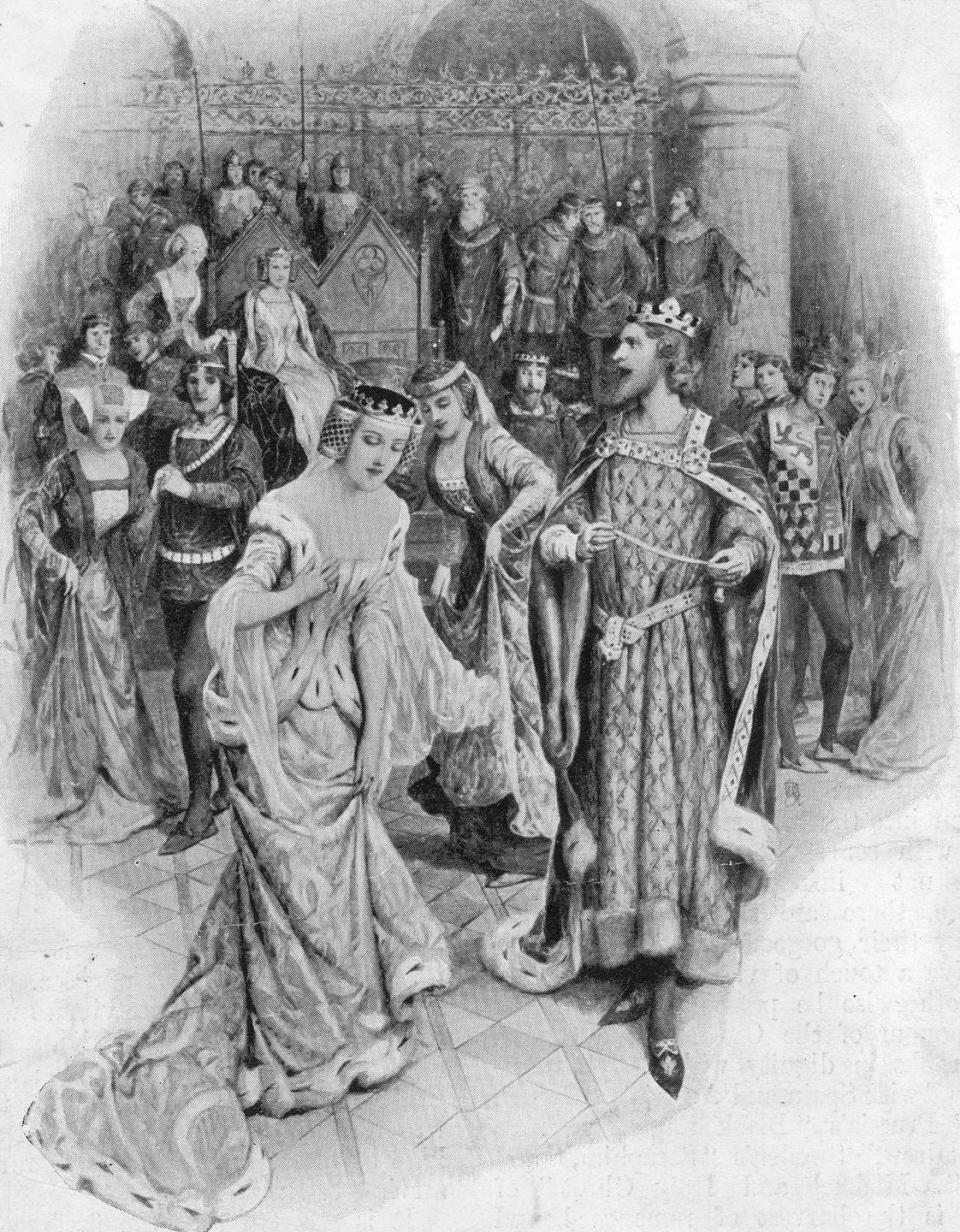
King Edward III gave Windsor a serious facelift in the 14th century, modifying the fortress into a breathtaking Gothic palace fit for the "modern" age. The palace soon became the center of his court and Order of the Garter, England's highest order of chivalry, which he founded in 1348. The private apartments were reconfigured to create separate rooms for the King and Queen, and the palace became more mixed-use between work and pleasure instead of keeping those spaces separate. He also added the Great Kitchen to accommodate his grand events.
The Reign of Elizabeth I
The royal residence remained mostly unchanged through the 17th century until the Tudor period, with the exception of St. George's Chapel, which was originally commissioned by Edward IV and completed by the infamous Henry VIII. Once Elizabeth I moved in during the mid-16th century, she oversaw a major renovation of the castle, as it was deteriorating. She also added a long galley that allowed her to take strolls regardless of the weather, which later become part of Windsor's Royal Library. Charles I was responsible for starting Windsor's acclaimed art collection nearly a century after, with many of his finds still on display today.
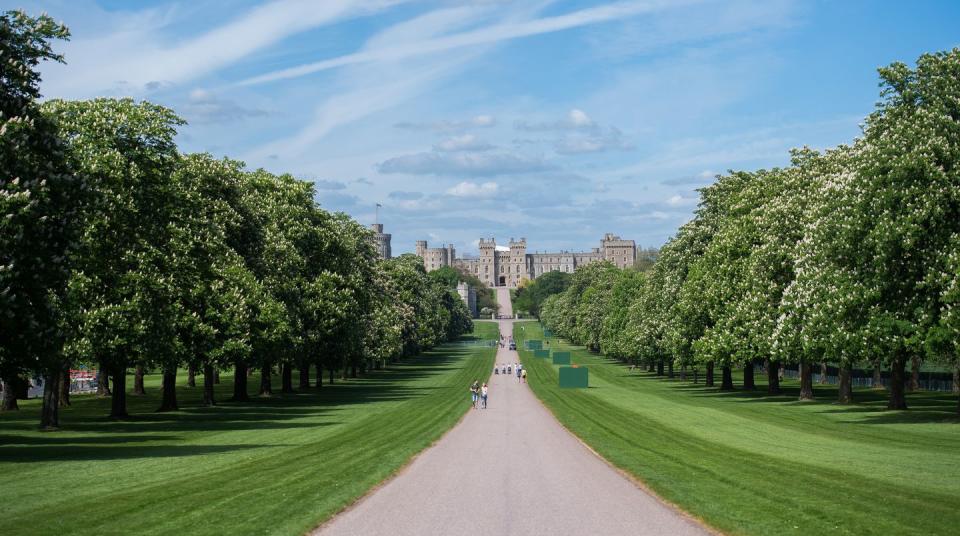
The English Civil War
During the English Civil War in the mid-17th century, Oliver Cromwell and the Parliamentarians seized the castle and turned it into their political headquarters and prison for Royalists—along with King Charles I. Carvings made by the captured Royalists are still visible today. After reclaiming the British monarchy, Charles II brought opulence and Baroque grandeur to the interiors of Windsor Castle, which were filled with intricate tapestries and the world's finest textiles. He also commissioned the Long Walk, the two-and-a-half mile driveway from the castle to the Great Park that still creates a dramatic entrance for visitors, which further showcased the glamour of royal life.
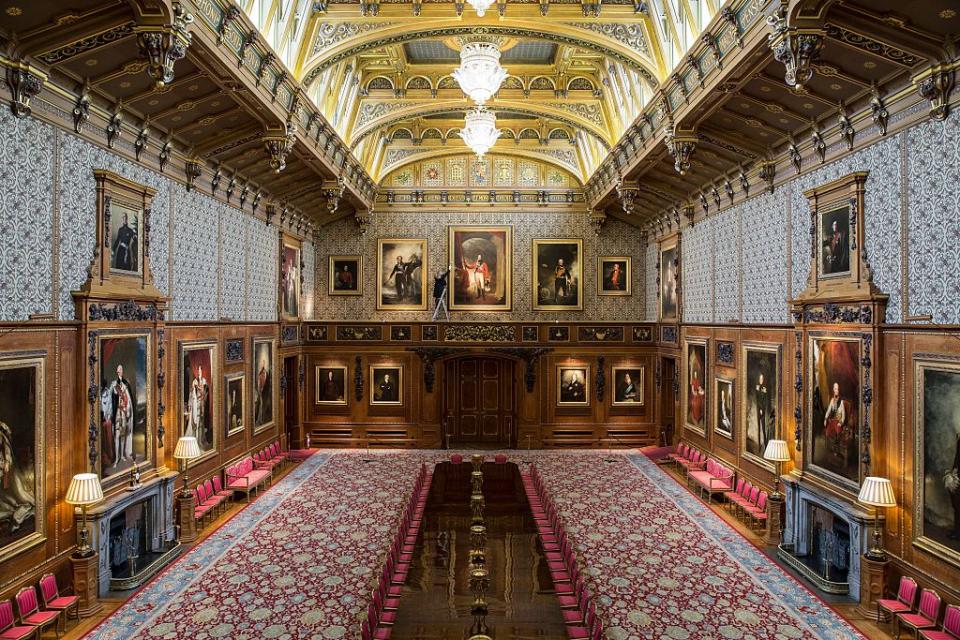
Queen Victoria Enters
By the time Queen Victoria took up residence at Windsor, major renovations of the castle's exterior with the grand vision of George IV and additions to the interiors, like a dedicated Music Room, made the palace even more renowned and exquisite. The famous Waterloo Chamber was also commissioned to commemorate Napoleon's defeat against the British at the famous Battle of Waterloo.
It was during the reign of Queen Victoria that the castle's now-iconic St. George's Chapel became the choice for royal family burials over Westminster Abbey—and the castle itself became a central facet of the British monarchy, as the Queen spent most of the year at Windsor. Her passion project was the addition of the now-iconic private chapel, which tragically burned on November 20, 1992, along with other parts of Windsor property.
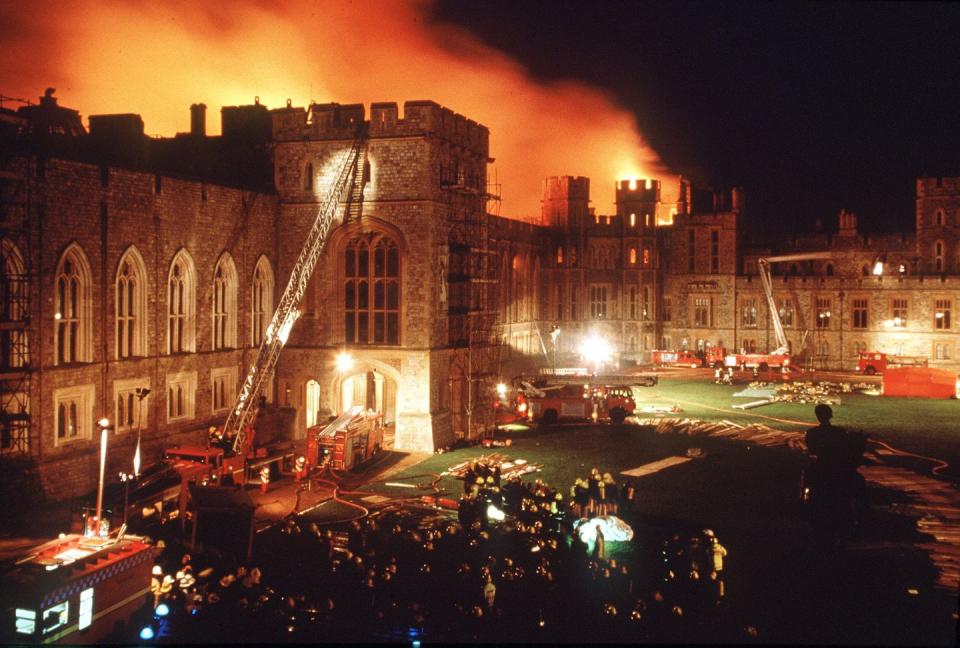
The Fire at Windsor Castle
The fire is believed to have started in Queen Victoria's Private Chapel, where a faulty spotlight ignited a curtain at the altar. From there, the flames spread to St George's Hall and eventually destroyed hundreds of rooms within the castles. When the fire broke out, Queen Elizabeth II was celebrating her 45th wedding anniversary with Prince Philip at one of her weekend homes but rushed over to the castle to oversee the rescue efforts of priceless royal family heirlooms.
It's said that over 1½ million gallons of water were used to combat the flames as firefighters and staff worked to remove works of art, including those by Leonardo da Vinci and Rembrandt, from the devastation. Only two works of art were lost in the fire: a rosewood sideboard and a very large painting by Sir William Beechey. The Duke of Edinburgh was at the helm of the five-year restoration process, which took on a modern, gothic design approach. It was finally finished
Windsor Castle Today
Windsor Castle remains dear to the British royal family today, as they have many memories here. Queen Elizabeth II and Princess Margaret often hid out in the castle during WWII, occasionally sleeping in the dungeon during air raids, as the royal family knew how much Adolf Hitler loved Windsor Castle and would never bomb it because he planned to make it his British home. Windsor was also the location for many fond memories for the Queen, including holiday celebrations, which continue at Windsor to this day, leisurely weekends spent with her family and beloved corgis, and Royal Windsor Horse Shows and races (she is a horse-racing enthusiast), among other exciting events.
The Queen spent most of her private weekends at Windsor, along with a month around Easter, and for a week each June while attending the Royal Ascot and the service of the Order of the Garter. The castle houses immaculate State Banquets and has been open to the public since 1925.
You Might Also Like

